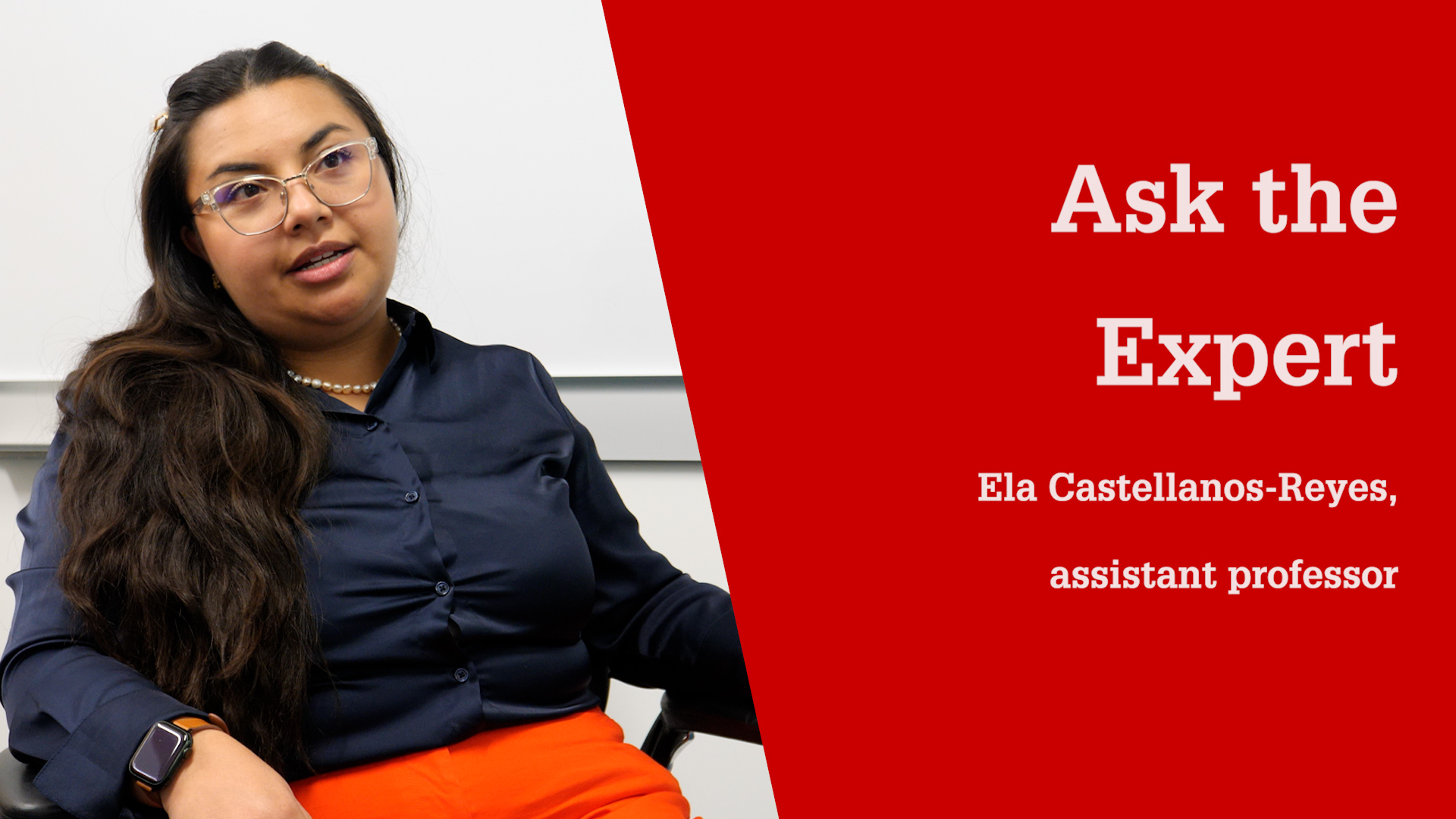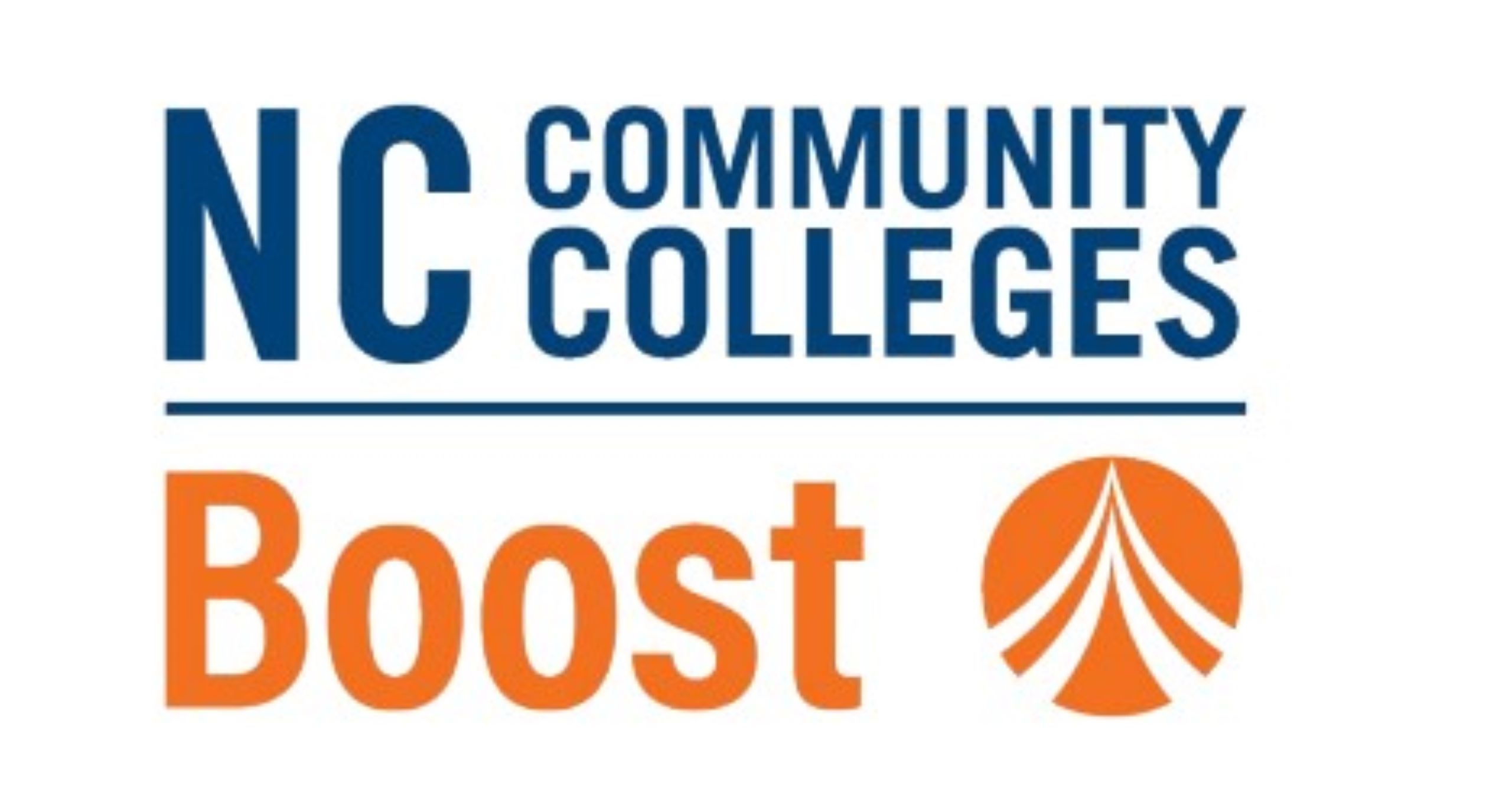How Can Educators Design High-quality Distance Learning Experiences? Assistant Professor Ela Castellanos-Reyes Discusses Resources, Structure and Free Tools
Online learning can offer a variety of advantages to learners, especially nontraditonal students, and NC State College of Education Assistant Professor of Learning, Design, and Technology Ela Castellanos-Reyes says educators using online learning platforms can enhance the experience by embracing available resources and create engaging learning environments for students to be successful.
Castellanos-Reyes’ research focuses on supporting nontraditional students’ distance learning with a particular emphasis on the influence of behaviors in online learning as well as the use of open educational networks and practices to lower barriers in education. Online learning, she says, can offer flexibility that is often crucial for students who may not have the access or ability to attend in-person classes, but the benefits can also extend far beyond that.
How Can Educators Create Successful and Engaging Online Learning Environments?
When designing high-quality distance learning experiences, Castellanos-Reyes says she tells educators that structure and community building are the two most important elements to focus on.
- Structure, she said, is less about the coursework or use of synchronous vs. asynchronous learning, and more about creating a clear and predictable momentum for how the class will progress over time. “If we have clear instructions, and we have clear expectations, then students know exactly what happens next in the class,” she said. “Distance education may bring some anxiety to students, and they may think that they are not highly supported, but, if they have a very well-structured class, they know what’s going on and the anxiety reduces.”
- Community building, Castellanos-Reyes says, is not about engaging in ice breakers or trying to create an environment for students to build friendships. Instead, it’s about providing an opportunity for students to help develop their professional network. “You don’t know if your classmate could be your next colleague, so take advantage of these opportunities, not just as a place where you learn skills and learn concepts, but also where you get to know and broaden your networking strategies,” she said.
What Free Resources Are Available for Developing a Distance Education Course?
Because distance learning can often be a pathway for breaking down barriers in educational access, Castellanos-Reyes says it’s important for educators to turn to freely available resources in their courses. This can be done both by introducing resources directly into courses as well as by engaging students to produce open resources for use by others.
When selecting open resources to introduce into their courses, Castellanos-Reyes recommends educators look critically at who created and sponsored the materials.
“I recommend educators to look at and lean on those resources that have been federally sponsored [through organizations like the National Science Foundation or Institute of Educational Sciences], mainly because they have been developed by researchers and experts in the area, so we know they are good quality,” she said. “If you see a resource that is sponsored by some educational tech company, look at it, but always have some critical eyes to see who the author of those resources was.”
In her work, Castellanos-Reyes has helped to create a variety of high-quality resources for distance education, including:
- The Portal for Online Teaching and Learning (PORTAL), an evidence-based repository developed by researchers across a variety of institutions that was designed to support faculty in higher education who wanted to engage in distance education
- The GEERs project, an online and blended teaching hub designed to support K-12 educators in distance education.
In distance education courses for more advanced students, Castellanos-Reyes also suggests that educators incorporate the creation of open-access resources as part of the coursework.
“Final projects could be working on an open educational resource, modifying an existing open education resource or even updating a book they are using in the course to create a sustainability cycle in terms of freely available resources,” she said.
Can Social Media Play a Role in Distance Education?
In certain cases, Castellanos-Reyes has seen educators rely on the use of social media as a free resource in their coursework as well. Although she doesn’t recommend this practice in most situations, it can be an important tool for those without access to traditional educational resources, such as those in developing regions.
In these regions, she has seen educators rely on Facebook to serve as a repository of resources as well as a discussion board for students or use WhatsApp as a way to communicate with students and, in K-12 education, with parents or guardians as well.
“In developing countries, where not many people even have laptops, most have a smartphone or tablet that already have apps like Facebook preinstalled, so it’s something that people are quite familiar with, and educators don’t have to start from scratch,” Castellanos-Reyes said.
How Might Artificial Intelligence (AI) Impact Online Teaching and Learning?
With artificial intelligence programs growing in popularity, Castellanos-Reyes is helping educators understand how and why the technology could be used in their teaching, including through the creation of a class for College of Education students focused on how AI is currently impacting the field.
While artificial intelligence can have some benefits for educators, such as handling mundane tasks, like sending emails, to free up time for teachers to focus on other things, Castellanos-Reyes said that, because it’s a new and continually evolving technology, it’s important to use it with caution.
“It’s very early to know the consequences of artificial intelligence,” she said. “I’m less worried about the tool itself and more worried about the mischievous intentions of people and how they might use it and that, I would say, is the biggest con.”
- Categories:



